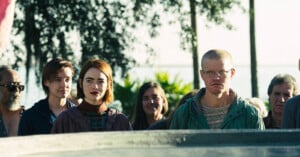
Kinds of Kindness Was Shot on 35MM Kodak Film
Hot off the success of 2023's Poor Things, director Yorgos Lanthimos has just released his latest movie Kinds of Kindness which was shot on Kodak 35mm film.

Hot off the success of 2023's Poor Things, director Yorgos Lanthimos has just released his latest movie Kinds of Kindness which was shot on Kodak 35mm film.

After Netflix CEO Ted Sarandos claimed that both Barbie and Oppenheimer would have done just as well on Netflix last summer and boasted his son watched Lawrence of Arabia on his phone, cinematographer Hoyte van Hoytema clapped back at him.

Civil War by A24 is perhaps the biggest movie about photojournalism ever and not only did the actors learn how to use the camera properly but they actually took some of the photos seen in the movie.
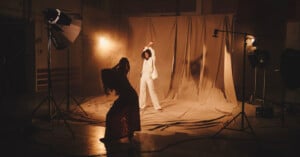
After focusing only on supporting the art of still photography for more than 55 years, Profoto is developing a new line of LED lights and "light shaping tools" for use in the cinema market.
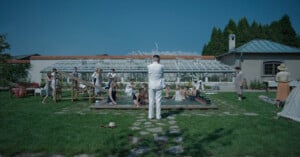
Oscar-winning movies are associated with huge crews and intense sets but that is definitely not the case with The Zone of Interest.
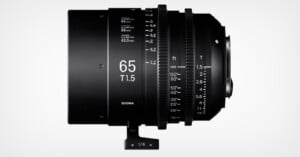
Sigma may be best known for its photographic lenses, but the company's video-specific Cine lenses are very well regarded in the industry. So much so, in fact, that the Giant Screen Cinema Association (GSCA) has selected Sigma Cine lenses as its new standardized test lens.
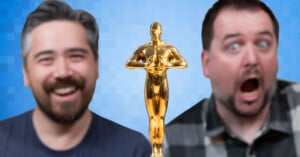
This week on The PetaPixel Podcast, Chris and Jordan share their favorite movies from the last year that they think will have a positive impact on your photography and filmmaking.
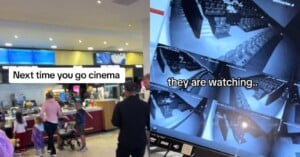
A film fan has warned people that surveillance cameras in movie theaters are watching them in their seat.
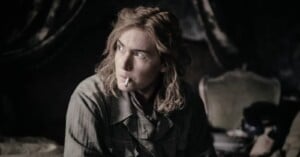
Lee -- the biopic of Lee Miller which stars Kate Winslet as the iconic photographer -- has finally got a release date.
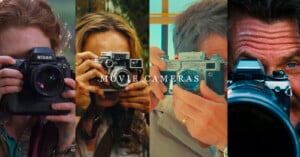
Photographers get a kick when a character in a movie starts taking pictures, but film shooter Jason Kummerfeldt is overcome with excitement when a 35mm camera shows up on screen.

Director Ridley Scott has revealed that he always uses at least four cameras while making movies and says his technique paid off for his latest historical epic, Napoleon.
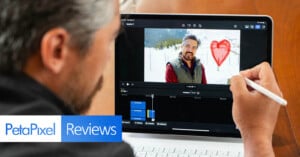
It's no secret that I have had an anti-Apple attitude in the past. As much as I may have made jokes at their expense, I have nothing against them. My perceived bias stems more from a fierce loyalty to the PC; I use to custom-build gaming rigs as a kid. Ever in search of more gaming power, I saw Macs as boring, work computers. However, now that I'm older, what I truly need a computer for is exactly that -- work.

A fascinating behind-the-scenes video details how cars are destroyed in Hollywood movies.
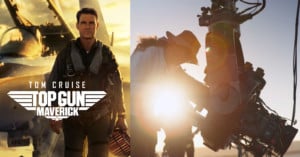
In these brief but incredible videos, award-winning cinematographer Claudio Miranda discusses behind-the-scenes footage, logistics, and shares stories from the set of the 2022 blockbuster Top Gun: Maverick.
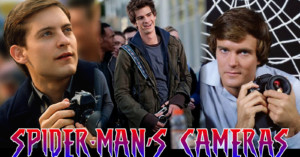
I’m sure photographers out there are one of two minds. One is that Peter Parker being both a photographer and a superhero is amazing and that we wish we could get those crazy angles. The second is that by taking pictures of himself for money, he is a total scam artist that raised the bar on pictures of Spider-Man no one could hope to accomplish.
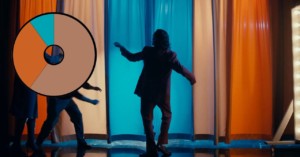
Photographers can learn a lot about composition and color theory from great cinematography. Case in point: in this video, filmmaker Sareesh Sudhakaran of Wolfcrow explains how great movies will often use the 'Three Color Rule' to capture and keep a viewer's attention.
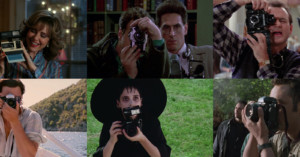
Want to see which cameras are used by characters in movies and TV shows? Product Placement Blog is a website that tracks brands that appear on screen, and one of the categories on the site is cameras.
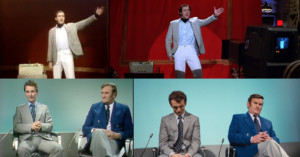
Aspiring filmmaker Vugar Efendi has created a fascinating video for history and film buffs alike. In it, he places famous movie clips right next to the historical news reels and TV clips that inspired them, showing us just how incredibly accurate some of Hollywood's period pieces really are.
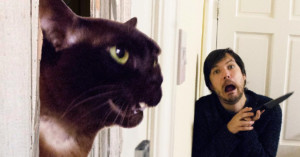
UK couple Dave and Sarah love both films and felines, so they've launched an Instagram project that combines the two. Called @moviecats, each photo they shoot is a scene from a famous movie recreated with the help of their two cats.
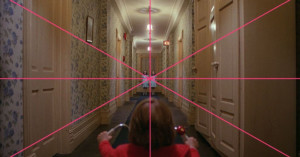
Want to see the composition concepts used in famous scenes from famous movies? Raymond Thi of Composition Cam has been taking still frames and overlaying neon pink lines to show things like symmetry, thirds, quadrants, triangles, diagonals, and more.
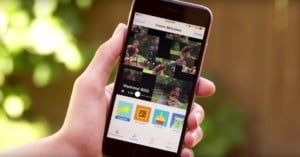
At some point, Facebook became the de-facto hub to share a photo... or two... or sixteen with your friends. Unfortunately, the interface is poorly designed for scrolling through multiple photos. Enter Facebook's new 'Slideshow' feature.
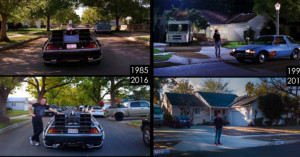
Phil Grishayev is an LA video producer with an interesting hobby: he revisit iconic locations from his favorite films and recreates the same shot to show the location "then and now."
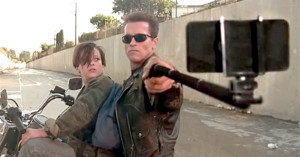
Over on Tumblr, there's a new blog called Guns Replaced with Selfie Sticks. As the title suggests, the site features movie stills from action films with all the guns Photoshopped out and replaced with selfie sticks.
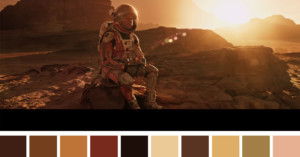
Want to recreate that "Martian" look? Or maybe it's the "Moonrise Kingdon" look you're going for, or your latest photo project needs the "Annie Hall" look. Whatever cinematic feel you're trying to capture, Cinema Palettes can help you achieve it.
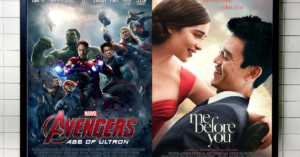
What would it be like if, instead of Tom Cruise and Daniel Craig and Matt Damon, the biggest blockbusters in Hollywood all starred Asian actor John Cho? That's what 25-year-old digital artist William Yu set out to find out in his series and social movement #StarringJohnCho, a protest against whitewashing in cinema.
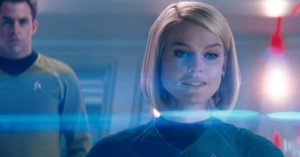
Lens flare was once considered a problem in filmmaking and something that should be prevented with well designed lenses and special coatings, but now it's something that's embraced and seemingly in every movie that hits the silver screen. How and why did this change happen?
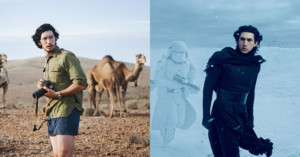
Did you know that Star Wars: The Force Awakens villain Kylo Ren used to be a National Geographic photographer? Okay, not really. But kind of.
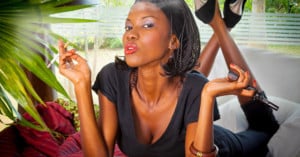
[re-]Mixing Hollywood is a project by American photographer Antoine Tempé and Senegalese photographer Omar Victor Diop, who shot elaborate portraits inspired by famous American and European movies.
Many of the scenes are instantly recognizable, except they feature models from Dakar, Senegal, and Abidjan, Ivory Coast, where the photos were shot.
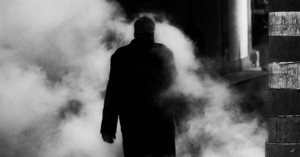
Cinema and photography are two close-knit relatives that help us to tell stories through the use of a camera and mindful composition. This week, we are taking a look at the visual style heavily relied upon by the film noir genre that was most prevalent in the mid 20th century. Through the exploration of Hollywood's film noir visuals, we can learn a bit more about the history of cinema while finding inspiration for our own work.
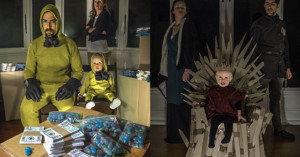
We first featured the Cardboard Box Office project back in 2013 as parents Lilly and Leon Mackie were attracting quite a bit of attention for their creative recreations of Hollywood films with their baby boy, Orson. In the year-and-a-half since, the family has continued shooting low-budget photos, branched out into TV shows, begun doing commercial shoots with their concept, and been nominated for a Webby award.
Here's a second, deeper look at some of the work they've been creating as a family.